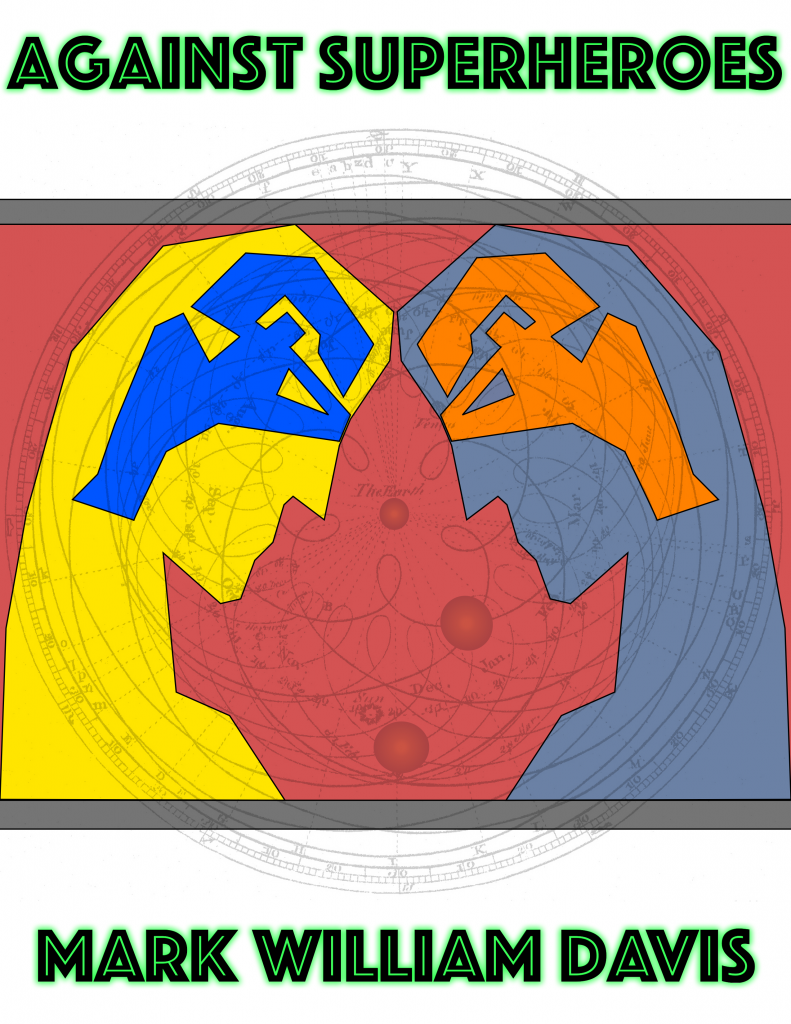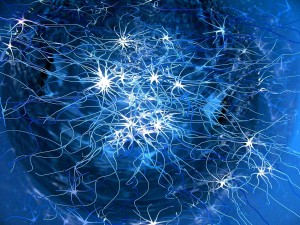![]() The notion of randomness brings about many interesting considerations. For statisticians, randomness is a series of events with chances that are governed by a distribution function. In everyday parlance, equally-likely means random, while an even more common semantics is based on both how unlikely and how unmotivated an event might be (“That was soooo random!”) In physics, there are only certain physical phenomena that can be said to be truly random, including the probability of a given nucleus decomposing into other nuclei via fission. The exact position of a quantum thingy is equally random when it’s momentum is nailed down, and vice-versa. Vacuums have a certain chance of spontaneously creating matter, too, and that chance appears to be perfectly random. In algorithmic information theory, a random sequence of bits is a sequence that can’t be represented by a smaller descriptive algorithm–it is incompressible. Strangely enough, we simulate random number generators using a compact algorithm that has a complicated series of steps that lead to an almost impossible to follow trajectory through a deterministic space of possibilities; it’s acceptible to be random enough that the algorithm parameters can’t be easily reverse engineered and the next “random” number guessed.
The notion of randomness brings about many interesting considerations. For statisticians, randomness is a series of events with chances that are governed by a distribution function. In everyday parlance, equally-likely means random, while an even more common semantics is based on both how unlikely and how unmotivated an event might be (“That was soooo random!”) In physics, there are only certain physical phenomena that can be said to be truly random, including the probability of a given nucleus decomposing into other nuclei via fission. The exact position of a quantum thingy is equally random when it’s momentum is nailed down, and vice-versa. Vacuums have a certain chance of spontaneously creating matter, too, and that chance appears to be perfectly random. In algorithmic information theory, a random sequence of bits is a sequence that can’t be represented by a smaller descriptive algorithm–it is incompressible. Strangely enough, we simulate random number generators using a compact algorithm that has a complicated series of steps that lead to an almost impossible to follow trajectory through a deterministic space of possibilities; it’s acceptible to be random enough that the algorithm parameters can’t be easily reverse engineered and the next “random” number guessed.
One area where we often speak of randomness is in biological evolution. Random mutations lead to change and to deleterious effects like dead-end evolutionary experiments. Or so we hypothesized. The exact mechanism of the transmission of inheritance and of mutations were unknown to Darwin, but soon in the evolutionary synthesis notions like random genetic drift and the role of ionizing radiation and other external factors became exciting candidates for the explanation of the variation required for evolution to function. Amusingly, arguing largely from a stance that might be called a fallacy of incredulity, creationists have often seized on a logical disconnect they perceive between the appearance of purpose both in our lives and in the mechanisms of biological existence, and the assumption of underlying randomness and non-directedness as evidence for the paucity of arguments from randomness.… Read the rest







